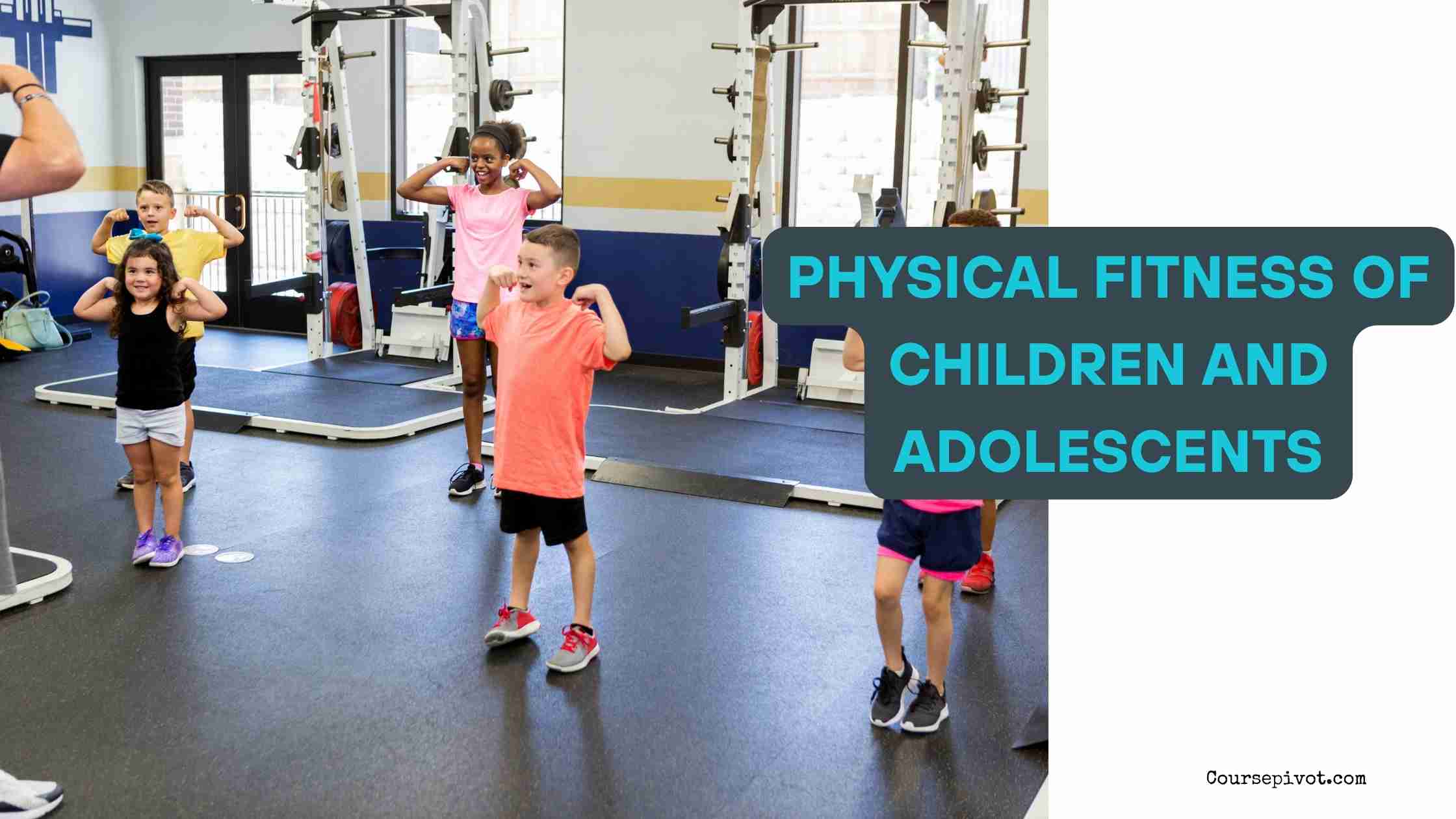
Explain Why There Is a Growing Concern Over the Physical Fitness of Children and Adolescents
Have you ever wondered why more people are talking about kids’ health these days? Why there are new school fitness programs, pediatric health campaigns, and public service announcements about childhood activity levels? The reason is clear: there’s a growing concern over the physical fitness of children and adolescents, and it’s backed by real data, real consequences, and real urgency.
Table of Contents
This concern isn’t just about kids being out of shape—it’s about how physical inactivity is shaping an unhealthy future for the next generation.
What’s Happening to Youth Fitness Today?
Over the past two decades, children and teens have become less physically active, more sedentary, and increasingly exposed to environments that promote unhealthy behaviors.
And we’re seeing the effects:
- Rising childhood obesity rates
- Higher cases of Type 2 diabetes in teens
- Decreased cardiovascular endurance
- Weak muscle development and poor posture
- Poorer mental health and increased anxiety
When researchers, teachers, doctors, and even parents explain why there is a growing concern over the physical fitness of children and adolescents, they usually point to a combination of behavioral, societal, and technological changes.
Sedentary Lifestyles: Movement Has Been Replaced
In many homes today, screen time dominates free time.
- Kids are spending more time indoors with phones, tablets, and video games.
- Outdoor play, which used to be a daily ritual, is now considered optional.
- Physical education in schools has been cut back in many districts due to budget or academic testing priorities.
This trend is troubling. Children are simply not moving enough, and their bodies are beginning to reflect it.
Poor Nutrition Fuels the Problem
Physical fitness isn’t just about exercise—it’s also about what children eat.
- Processed snacks, sugary beverages, and fast food are more available and more aggressively marketed than ever before.
- When kids consume more calories than they burn—and those calories are low in nutrients—weight gain and health problems follow.
- Even athletic children are vulnerable to diet-related conditions if their nutrition doesn’t support their activity.
It’s a two-part problem: less movement, more poor food choices. The result? Worsening physical fitness.
- Read our article on Explain What the Vertical Line Test Is and How It Is Used
Long-Term Health Risks Begin Early
Doctors are seeing signs of adult health problems in children far earlier than expected.
Children today are showing early indicators of:
- Hypertension
- High cholesterol
- Insulin resistance
- Back and joint pain
- Chronic fatigue
If these trends continue, this generation could have a shorter life expectancy than their parents—something we’ve never seen before in modern history.
Schools and Communities Are Struggling to Keep Up
Even with awareness on the rise, many schools lack funding or space for proper fitness education.
- Some schools don’t have daily physical education at all.
- Recess has been reduced or eliminated in some school systems.
- Low-income neighborhoods may lack safe parks, sidewalks, or recreational facilities, leaving children with no place to be active.
The environments where children live and learn are no longer built for movement—and that makes improving physical fitness even harder.
Mental Health Is Tied to Physical Health
There’s growing evidence that regular physical activity helps kids manage stress, anxiety, and depression.
But with less physical activity, more isolation, and more academic and social pressures, mental health among teens and adolescents is in decline.
When physical fitness drops, so does confidence, self-image, and emotional resilience. These issues often show up in school performance, relationships, and long-term well-being.
Why the Concern Keeps Growing
The issue isn’t going away—it’s getting worse. Public health experts, pediatricians, and educators are pushing for action because:
- Today’s inactive children become tomorrow’s chronically ill adults.
- Treating lifestyle-related diseases costs billions in health care.
- Fitness habits are hardest to build once they’re lost.
Without intentional effort from parents, schools, and communities, this crisis will not reverse on its own.
Why Are We So Concerned?
So, why is there a growing concern over the physical fitness of children and adolescents?
Because the data is clear. Kids today are moving less, eating worse, and suffering the consequences earlier and more severely than ever before.
This isn’t just a phase—it’s a public health emergency that will shape our future society, economy, and quality of life.
If we care about the next generation, we can’t afford to ignore it.
Physical fitness isn’t just a nice-to-have—it’s a foundation for a healthy, happy life.
Cite this article
You can copy and paste your preferred citation format below.
Martin, L. & Arquette, E.. (2025, May 23). Explain Why There Is a Growing Concern Over the Physical Fitness of Children and Adolescents. Coursepivot.com. https://coursepivot.com/blog/explain-why-there-is-a-growing-concern-over-the-physical-fitness-of-children-and-adolescents/



